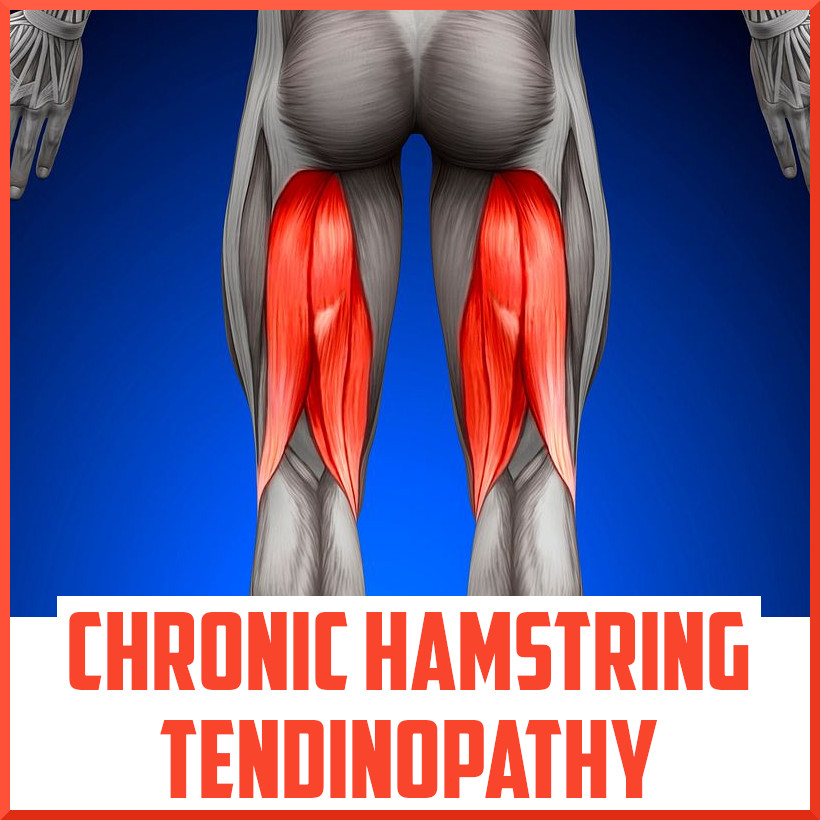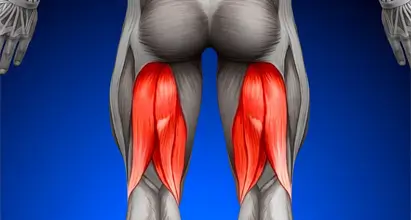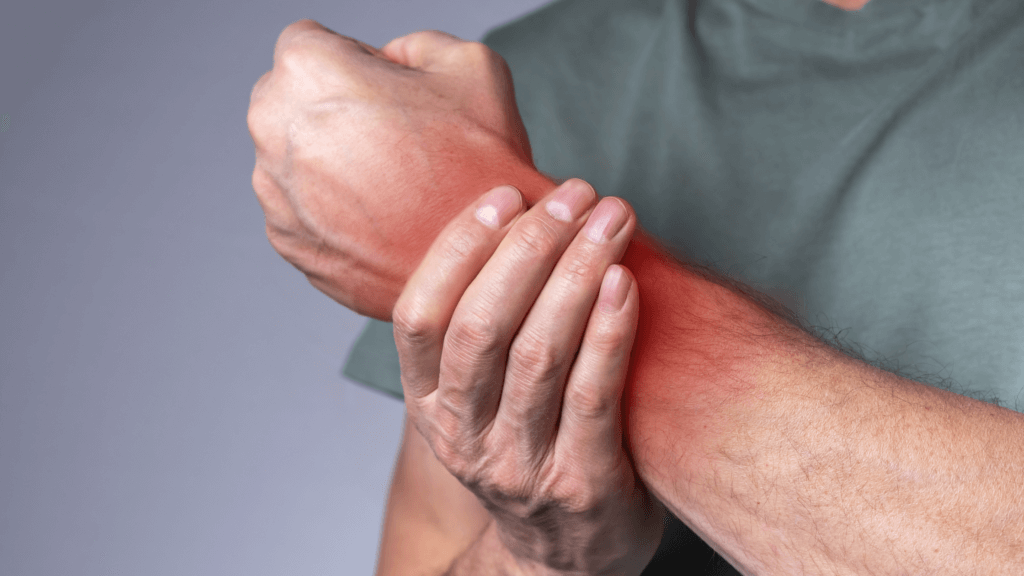Chronic hamstring tendinopathy, often referred to as “high hamstring tendinopathy,” is a condition that can cause persistent pain and discomfort at the base of the buttocks where the hamstring muscles attach to the pelvis. This condition is common among athletes and those who engage in activities that involve repetitive motion, such as running or cycling. However, it can also affect anyone, especially those sitting for long periods. Here are five signs that you may be dealing with chronic hamstring tendinopathy.
1. Persistent Pain at the Base of the Buttocks
One of the most telltale signs of chronic hamstring tendinopathy is a deep, aching pain at the base of the buttocks. This pain is usually localized to the area where the hamstring tendons attach to the ischial tuberosity (the bony prominence of the pelvis). The pain often worsens with activities like running, walking uphill, or sitting for long periods, especially on hard surfaces.
2. Pain During or After Physical Activity
Individuals with chronic hamstring tendinopathy often experience pain that intensifies during or after physical activities that involve the hamstrings. This includes exercises like sprinting, squatting, or lunging. The pain may start as a dull ache during the activity and become sharper or more intense afterward. Over time, this can lead to a significant decrease in performance and mobility.
3. Stiffness in the Hamstring Area
Another common sign of chronic hamstring tendinopathy is stiffness in the hamstring muscles, particularly in the morning or after periods of inactivity. This stiffness can make it difficult to extend the leg or bend over fully, and it often improves with gentle movement or stretching. However, if the stiffness persists or worsens, it may be a sign that the condition is progressing.

4. Weakness in the Hamstrings
Chronic hamstring tendinopathy can lead to a noticeable decrease in hamstring strength. You might find it challenging to perform exercises or activities you used to do easily. This weakness can also make you more prone to other injuries, as your body may start to compensate by overusing other muscle groups, leading to imbalances and additional strain.
5. Tenderness or Swelling at the Tendon Attachment
If you press on the area where the hamstring tendon attaches to the pelvis, you may feel tenderness or mild swelling. This tenderness is often a sign of inflammation, which is a hallmark of tendinopathy. The area may also feel warm to the touch, indicating that your body is trying to repair the damaged tissue but struggling to do so effectively.
Conclusion
Chronic hamstring tendinopathy can be a persistent and frustrating condition, but early recognition of the signs can help you seek appropriate treatment and prevent further damage. If you notice persistent pain at the base of your buttocks, stiffness, weakness in your hamstrings, or tenderness around the tendon attachment, it’s essential to consult a healthcare professional. With the right approach, including rest, physical therapy, and possibly changes in your activity levels, you can manage the symptoms and return to normal activities without pain.




